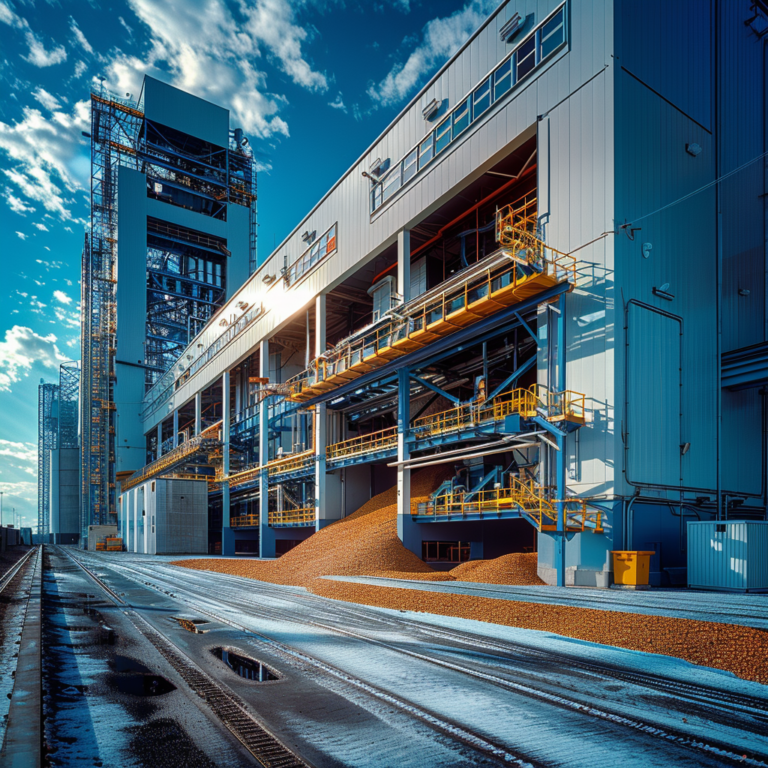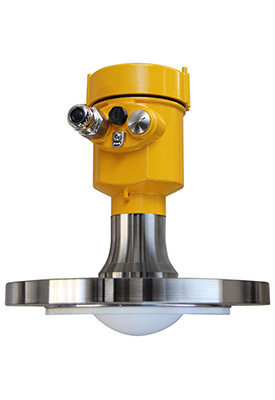Precise measurement and efficient monitoring are the goals that the feed production industry constantly pursues.
Among many technological innovations, radar level meter has become a key technology in the field of feed processing due to its high precision and non-contact characteristics.
This device determines the liquid level or material level of the material by transmitting and receiving microwave signals, which not only improves the accuracy of measurement, but also greatly improves the convenience of operation and the efficiency of the production process.

Radar level meter mainly works on the principle of electromagnetic wave reflection. It emits microwave signals to the surface of the material.
When the signal hits the material and reflects back, the position of the material is determined by calculating the time difference of the signal round trip.
This non-contact measurement method makes the radar level meter easy to install, low maintenance cost, and strong adaptability. In particular, it can work stably in harsh environments such as high temperature, high pressure, dust, steam, etc., which is very suitable for the environment of feed processing industry.

The first step in feed processing is often the storage of raw materials. Traditional level measurement methods such as weight hammer or ultrasonic level meters are often unable to cope with large amounts of dust and different material characteristics. Radar level meters can ignore dust interference and accurately measure the storage of various raw materials such as corn flour and soybean meal.
This is of great significance for controlling inventory and optimizing procurement plans. Accurate batching is a key step in ensuring feed quality. Radar level meters can monitor the amount of various trace additives and bulk raw materials in real time to ensure the accuracy of the formula.
Unlike the delays and errors that may occur in traditional methods, the real-time data feedback of radar level meters can greatly improve the efficiency and accuracy of batching.
The storage and transportation of finished feed also cannot be separated from accurate level monitoring. Radar level meters can be installed on the top of the feed warehouse to monitor the height of bulk feed in real time, thereby optimizing the use of warehouse space and reducing excessive stacking or space waste.
In the logistics link, accurate level information helps to plan the reasonable allocation of transportation resources.

Although radar level meters have significant advantages in feed processing, they also face some challenges in actual application, such as uneven surface of materials may lead to measurement errors, or changes in dielectric constant of materials may affect measurement accuracy.
To address these problems, modern radar level meters can optimize measurement results and improve their adaptability and accuracy by using higher-frequency microwave signals, multi-angle measurement technology and intelligent algorithms.
The application of radar level meters in the feed processing industry not only improves measurement accuracy and production efficiency, but also reduces production costs and maintenance difficulties.
